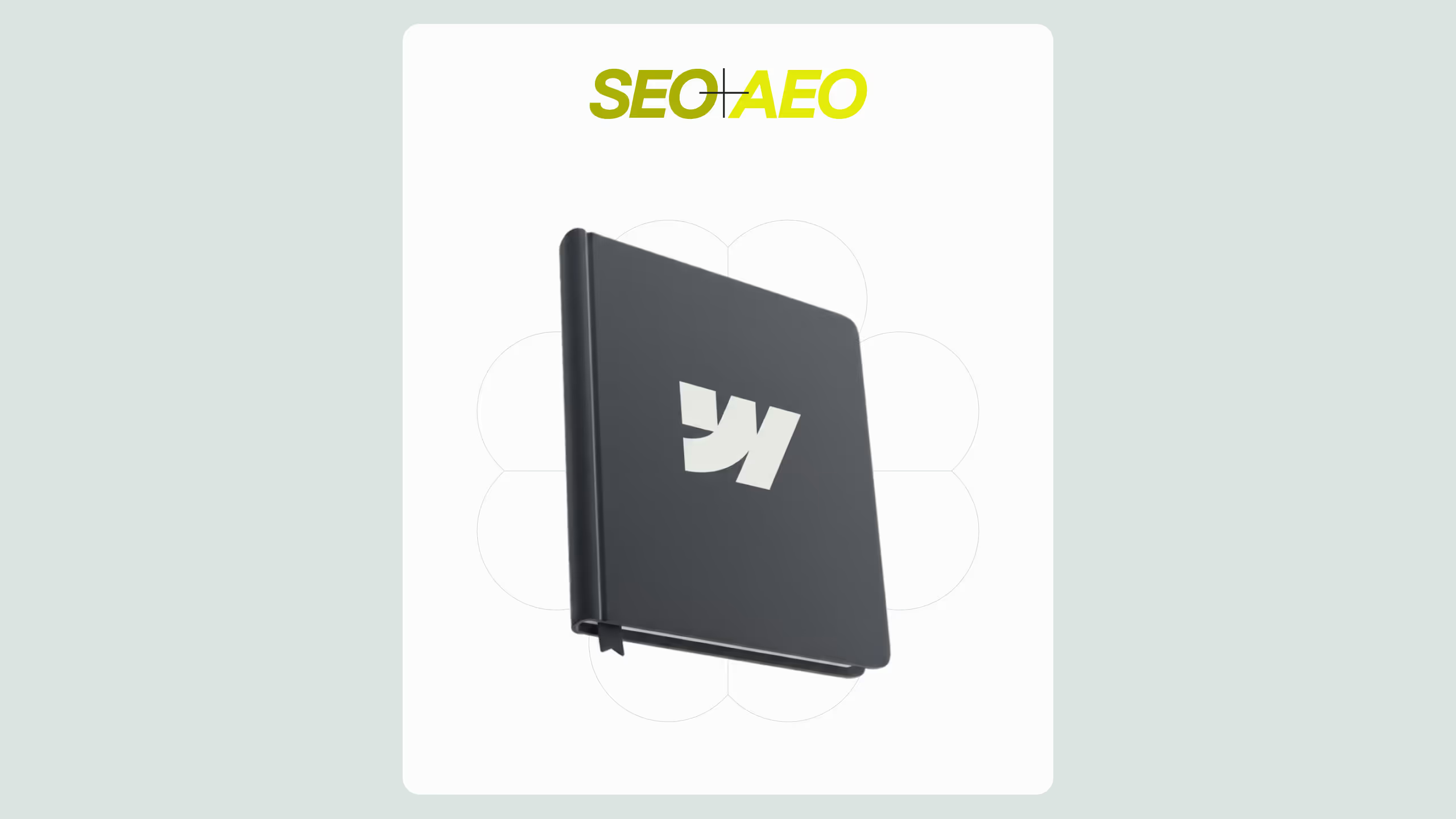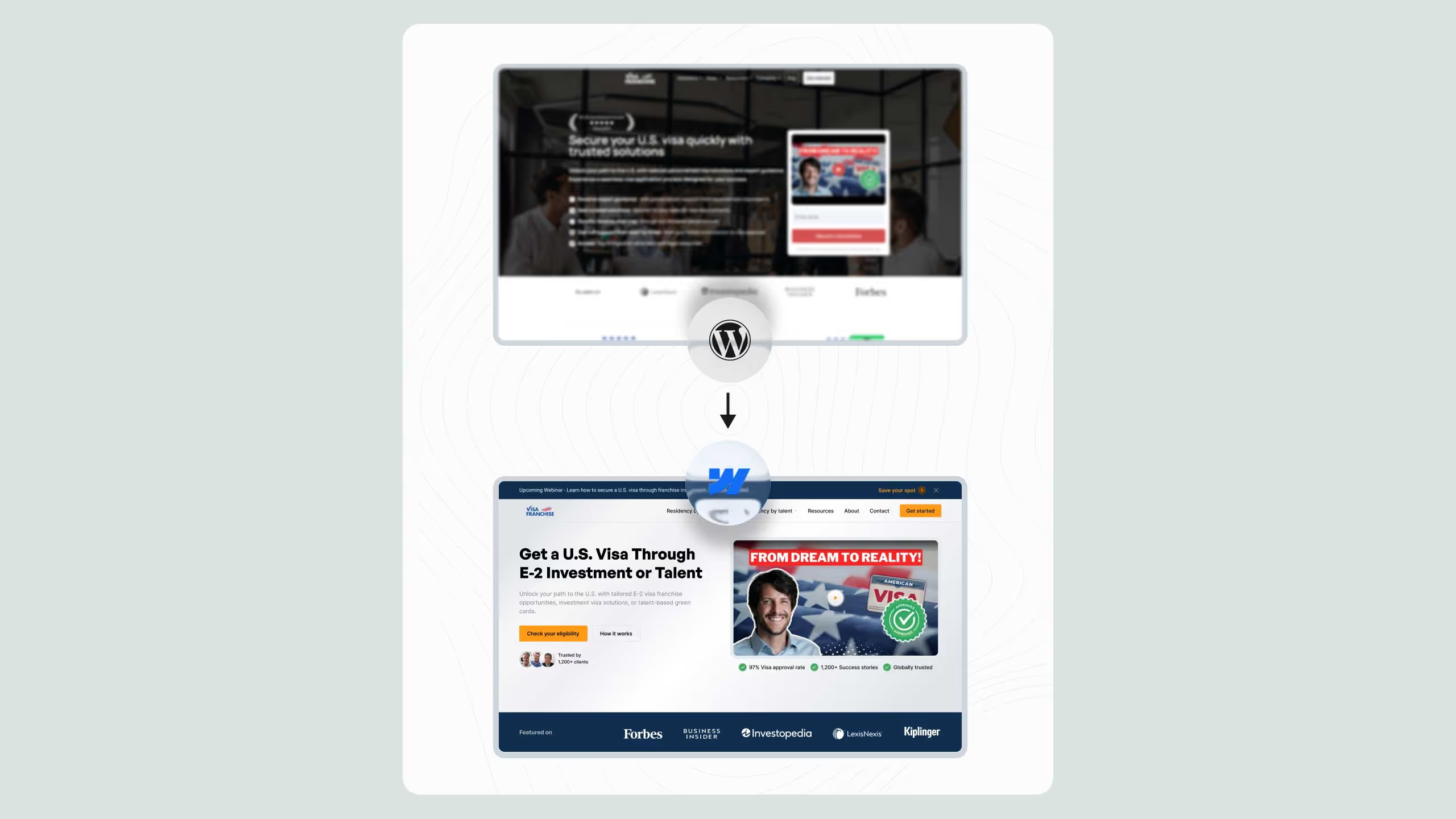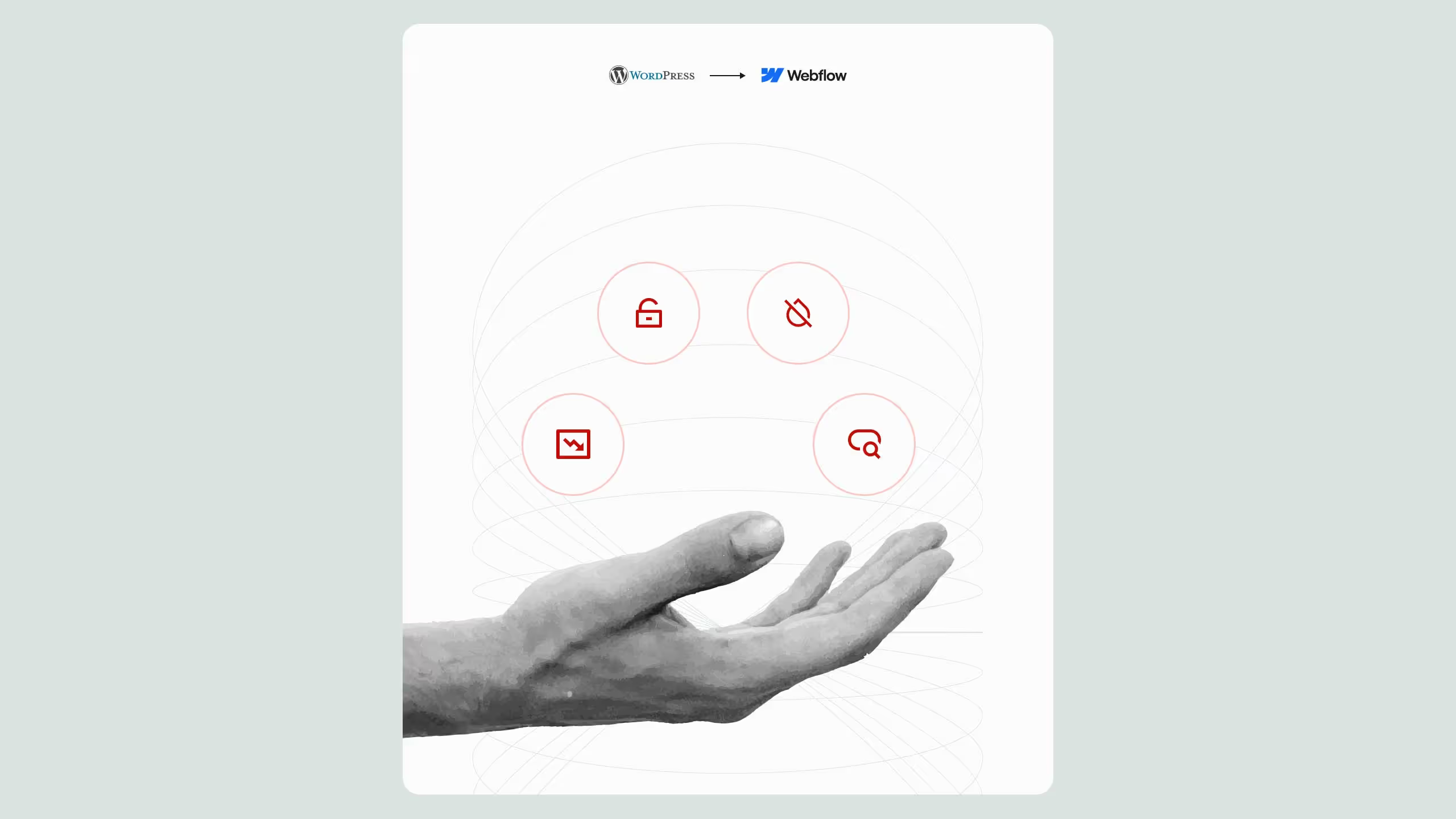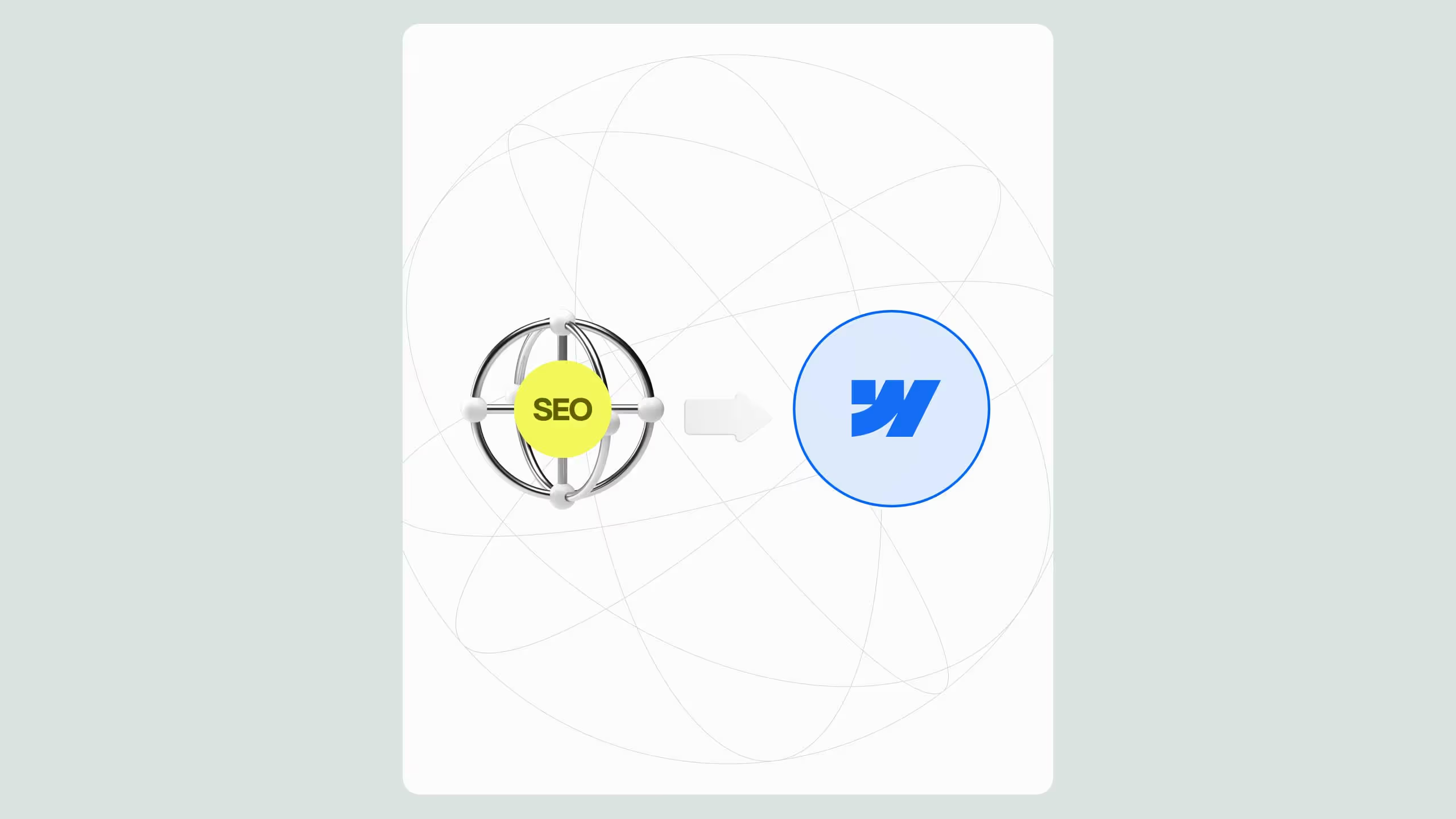Webflow SEO settings and AEO guide for higher rankings

In 2025, mastering Webflow SEO settings and integrating Answer Engine Optimization (AEO) are essential for visibility across both search engines and AI-driven platforms. Webflow’s built-in tools, metadata control, structured data, canonical tags, and sitemaps, enable precise technical optimization without plugins. When paired with AEO tactics like conversational keywords, schema, and structured FAQs, these settings help websites earn AI citations and featured snippets. Broworks emphasizes that combining Webflow SEO + AEO drives transactional growth by aligning ranking power with real-world conversions.
Optimizing a website goes beyond design and content. In 2025, mastering Webflow SEO settings and integrating advanced answer engine optimization (AEO) techniques are critical for websites that want to capture visibility across search engines and emerging AI-driven platforms. Webflow provides a robust suite of tools that, when used effectively, create a foundation for organic growth and transactional success.
Why Webflow SEO settings are essential
According to Webflow’s SEO feature overview, the platform equips site owners with granular control over metadata, structured data, indexing preferences, and sitemap generation. These Webflow SEO settings are designed to help search engines understand, rank, and display content more effectively.
Meta titles, meta descriptions, canonical tags, and 301 redirects can all be configured directly within Webflow without relying on external plugins. This not only improves efficiency but also ensures SEO best practices are baked into the workflow. For businesses targeting competitive markets, these settings provide the precision required to achieve lasting results.
How AEO changes the optimization landscape
Answer engine optimization (AEO) focuses on how content appears in AI-driven environments like Google’s AI Overviews, Bing Copilot, and voice search assistants. While traditional SEO prioritizes keyword-based ranking, AEO is about structuring information so that it is directly usable by search engines in conversational formats.
By aligning Webflow SEO settings with AEO strategies, websites can position themselves as authoritative sources. This includes optimizing schema markup, structuring FAQs, and creating concise, high-value answers that can be extracted and displayed in featured snippets or AI responses.
Key Webflow SEO settings to configure in 2025
To maximize visibility and conversions, these Webflow SEO settings should be prioritized:
- Meta titles and descriptions: craft keyword-rich titles and action-driven descriptions for each page.
- Canonical tags: prevent duplicate content issues by assigning canonical pages.
- 301 redirects: ensure old or broken URLs properly redirect to relevant pages.
- Robots.txt and sitemap: configure indexation preferences and submit sitemaps for crawl efficiency.
- Structured data: integrate schema markup to support AEO and rich snippets.
- Open graph and social previews: optimize for click-through on social platforms, driving indirect SEO benefits.
These elements together ensure that every page aligns with both traditional search ranking signals and new AI-powered engines.
Creating transactional SEO with Webflow
Optimization is not just about ranking, it is about generating business results. Transactional SEO focuses on capturing visitors who are ready to take action, whether by booking, purchasing, or requesting a consultation.
When Webflow SEO settings are applied strategically, landing pages can be structured to drive conversions. Calls-to-action, form integrations, and content hierarchy all contribute to higher engagement rates.
Best practices for aligning SEO and AEO
To integrate both SEO and AEO effectively in Webflow, follow these practices:
- Use structured answers: design sections with clear, concise responses to common user questions.
- Target conversational keywords: include phrasing that mirrors how users search in AI-driven engines.
- Optimize technical health: ensure speed, mobile usability, and accessibility remain priorities.
- Focus on user intent: build pages around transactional queries that match high-value actions.
- Review performance continuously: adapt strategies as AI search engines evolve.
Future-proofing with Webflow SEO settings
Webflow’s native SEO controls, combined with AEO strategies, set a new benchmark for success in 2025. Businesses that invest in optimizing these features are not only improving their current search visibility but also preparing for the shift toward AI-driven discovery.
By mastering Webflow SEO settings and embracing AEO, websites can position themselves at the forefront of digital visibility, creating experiences that rank, engage, and convert. The path to sustainable growth lies in precision, adaptability, and a focus on results-driven optimization.

.svg)
.svg)


.svg)




